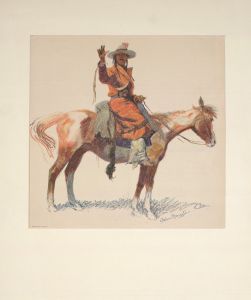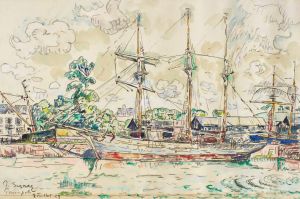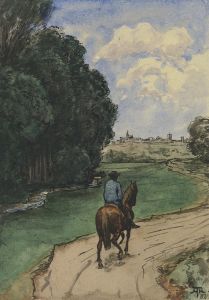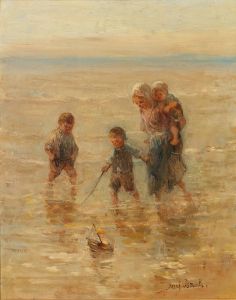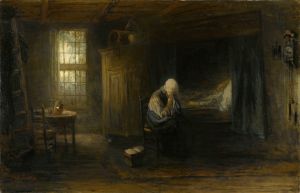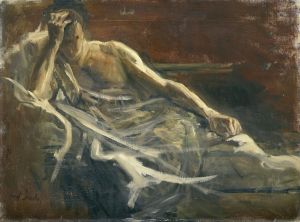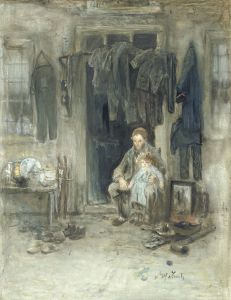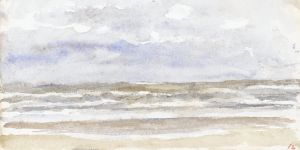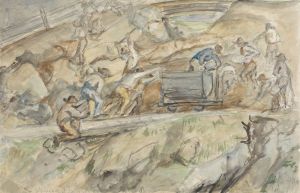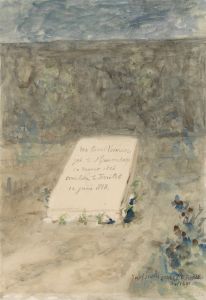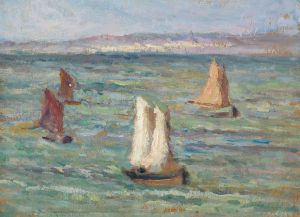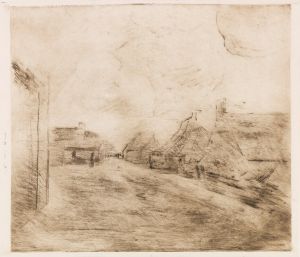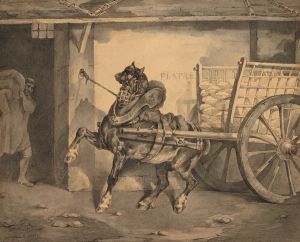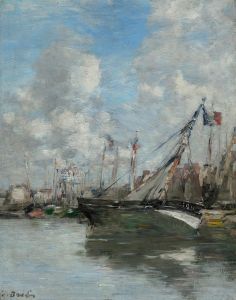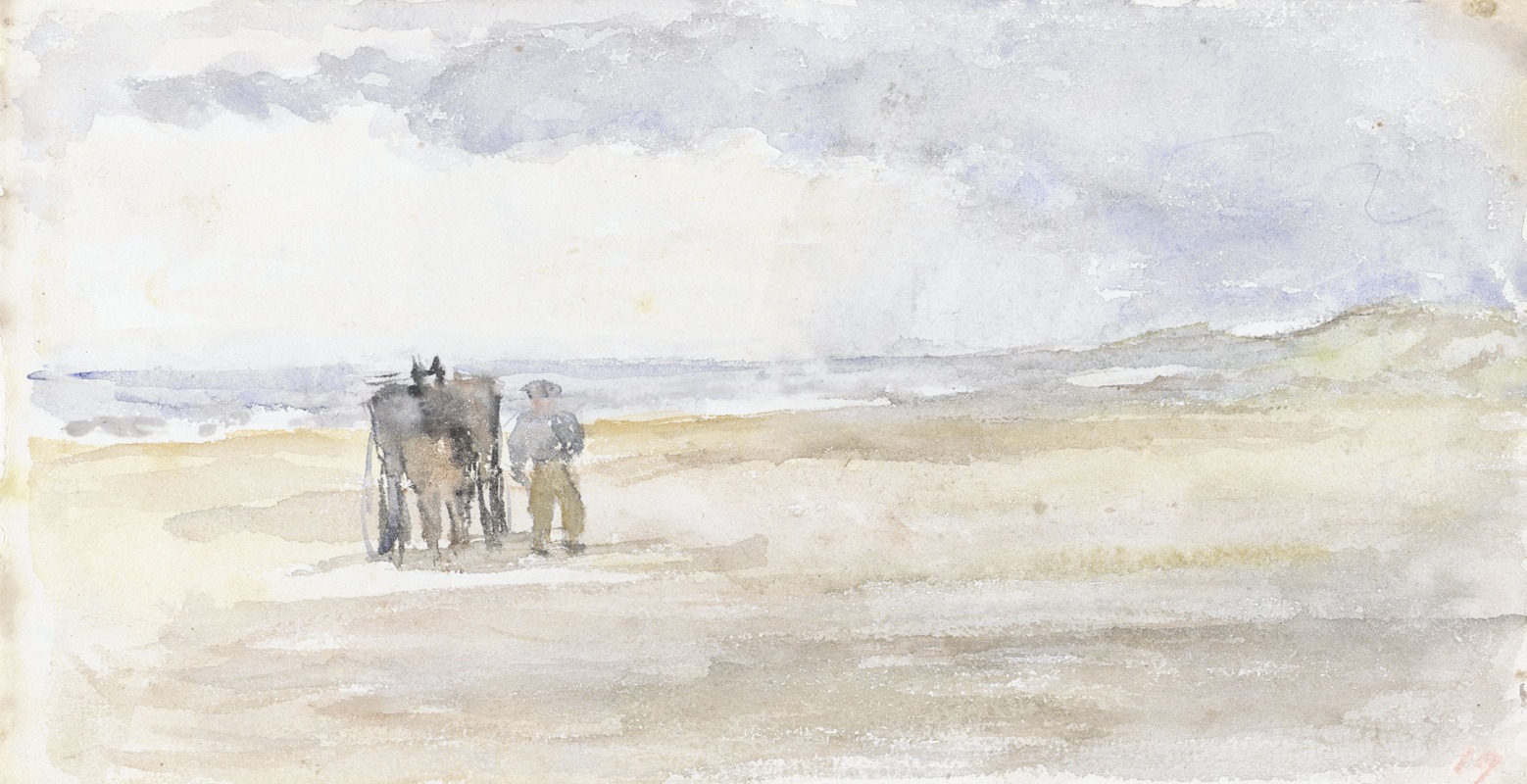
Man met paard en wagen op het strand
A hand-painted replica of Jozef Israëls’s masterpiece Man met paard en wagen op het strand, meticulously crafted by professional artists to capture the true essence of the original. Each piece is created with museum-quality canvas and rare mineral pigments, carefully painted by experienced artists with delicate brushstrokes and rich, layered colors to perfectly recreate the texture of the original artwork. Unlike machine-printed reproductions, this hand-painted version brings the painting to life, infused with the artist’s emotions and skill in every stroke. Whether for personal collection or home decoration, it instantly elevates the artistic atmosphere of any space.
"Man met paard en wagen op het strand" (Man with Horse and Wagon on the Beach) is a painting by the Dutch artist Jozef Israëls, who was a prominent figure in the Hague School of painting. The Hague School was a group of artists in the Netherlands who were active during the late 19th century and were known for their realistic and often somber depictions of everyday life, particularly focusing on the lives of fishermen and farmers.
Jozef Israëls was born on January 27, 1824, in Groningen, Netherlands, and he passed away on August 12, 1911, in The Hague. He is often considered one of the most important Dutch painters of the 19th century. Israëls initially studied at the Royal Academy of Fine Arts in Amsterdam and later continued his studies in Paris, where he was influenced by the Barbizon School, a group of French painters who emphasized naturalism and the depiction of rural life.
"Man met paard en wagen op het strand" is a quintessential example of Israëls' work, showcasing his ability to capture the quiet dignity and resilience of ordinary people. The painting depicts a man with a horse and wagon on a beach, likely engaged in some form of labor, possibly related to fishing or transporting goods. The scene is rendered with a muted color palette, typical of Israëls' style, which often conveyed a sense of melancholy and introspection.
Israëls' technique involved loose brushwork and a keen attention to the effects of light and atmosphere, which can be seen in the way he captures the overcast sky and the wet sand reflecting the subdued light. This approach not only adds to the realism of the scene but also imbues it with a sense of mood and emotion, inviting the viewer to contemplate the life and struggles of the figures depicted.
Throughout his career, Israëls received numerous accolades and was highly regarded by his contemporaries. He was a member of several art academies and received various honors, including being made a Knight of the Order of the Netherlands Lion. His works were exhibited widely, both in the Netherlands and internationally, and he influenced many younger artists who admired his dedication to portraying the human condition with empathy and depth.
"Man met paard en wagen op het strand" remains a significant work within Israëls' oeuvre, reflecting his mastery of genre painting and his commitment to depicting the lives of ordinary people with dignity and respect. Today, his paintings can be found in major museums and collections around the world, continuing to be appreciated for their artistic merit and historical significance.





